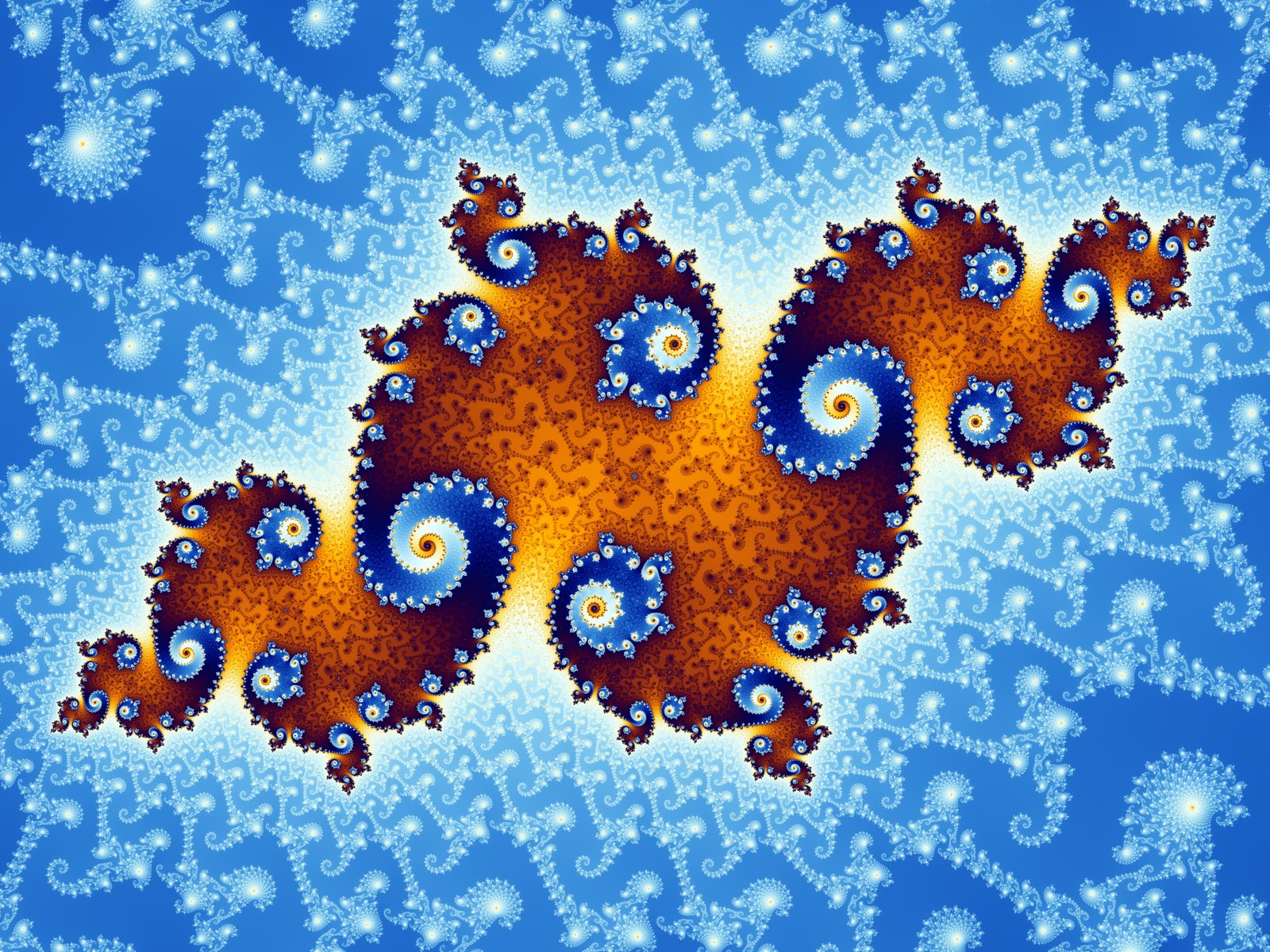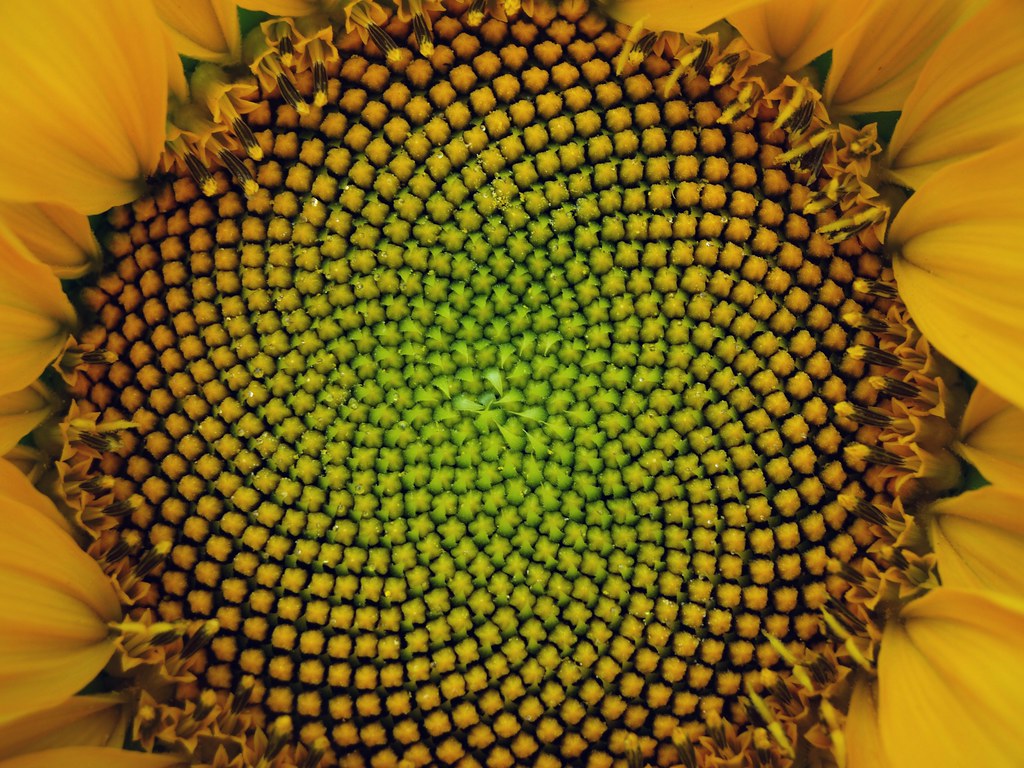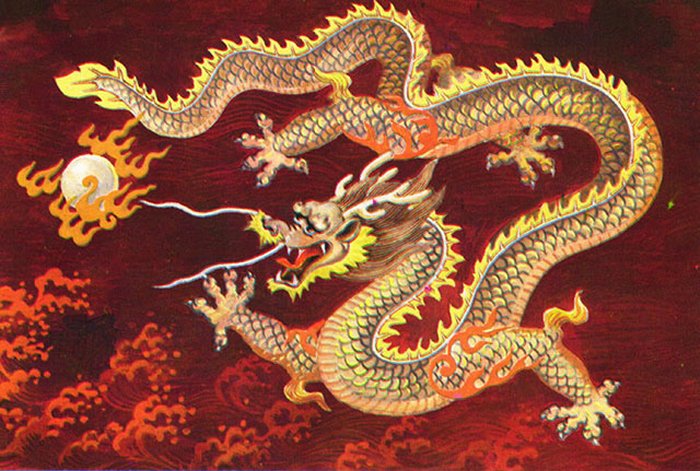
Happy July to All and Welcome to Poetics! Lisa here as your pub host, offerer-server of liquid refreshment and tasty snacks from the magic cupboard, and provider of today’s poetry prompt.
Before getting into the prompt material, a reminder to please mark your calendars now for this Thursday, July 21, at 3pm EST, as that night dVerse will be live! Lillian will be our OLN LIVE host. At this fun time of camaraderie, you can see other pubsters and hear them read their poems, and they can hear you read yours. Please come and cozy up to the bar live this Thursday.
I started out planning on writing about whether stones are alive or not, but instead I went down a rabbit hole with fractals. My total knowledge of them up until the recent research consisted of looking at weird, computer-generated designs and thinking they looked neat.
What are Fractals
A fractal is defined as a “rough or fragmented geometric shape that can be split into parts, each of which is (at least approximately) a reduced-size copy of the whole,” according to their “discoverer” Benoit Mandelbrot (b.11/20/24 – d.10/14/10.) In plain English this means that something is “self-similar,” or at least generally like a zoomed in/out iteration of itself. Fractals are found in every corner of nature. They are found in the furthest reaches of the universe and the most minute details of our planet. In his 1982 book ‘The Fractal Geometry of Nature’ Mandelbrot explored ‘irregular and fragmented patterns around us’ that ‘tend to be scaling, implying that the degree of their irregularity and/or fragmentation is identical at all scales.’
Mandelbrot showed that fractals were not mathematical artifacts, as their “virtual” origin may hint, but a phenomena which really occurs in nature. Fractals also prove that a finite space, no matter its size, can contain an infinite number of parts or levels of observation.

Ancient Knowledge of Fractals
What I found out next really blew my mind.

Traditionally, temples have been the most prominent religious institution in India and fractals form an integral part of those temples. A single gaze at a temple and you will find fractal-like spires (shikharas) or a tower surrounded by smaller towers, surrounded by still smaller towers, and so on, for eight or more levels. Each part of the facade is designed to look like a miniature reproduction of the whole. Since Hindu philosophy views the cosmos to be holonomic and self-similar in nature – each fragment of the cosmos is believed to be whole in itself – temples are designed and constructed as models of the cosmos. George Michell, author of ‘The Hindu Temple’ explained, “The architecture of the Hindu temple symbolically represents the quest for moksha– ultimate spiritual liberation, the realization of oneness by setting out to dissolve the boundaries between man and the divine.”
The top image of today’s post is a type of Mandelbrot fractal. After seeing the Hindu temples, my mind jumped to other art/design based on fractals.

Not only in nature, architecture, and religion, fractals have wormed their ways in… to poetry! Marian Christie has an excellent post on fractals in poetry on her blog. Marian believes:
Fractals in poetry can act as a teaching tool, a visual framework, a structural focus or provide a language in which to express the beauty and complexity of the natural world.
One example she includes is, “In Praise of Fractals” by Emily Grosholz, from Proportions of the Heart: Poems that Play with Mathematics, Variations on the Introduction to The Fractal Geometry of Nature by Benoit Mandelbrot (New York: W.H. Freeman and Company, 1983.) Grosholz is a philosophy professor at Penn State and a poet. Excerpts from the poem:
…
Compared with Euclid’s elementary forms,
Nature, loosening her hair, exhibits patterns
(Sweetly disarrayed, afloat, uncombed)
Not simply of a higher degree n
But rather of an altogether different
Level of complexity:
The number of the scales of distances
Describing her is almost infinite.
How shall we study the morphology
Of the amorphous?
…
There may be questions that we choose to ask,
But others ask themselves,
Sometimes for centuries, while no one listens.
Questions that ask themselves without repose
May come to rest at last in someone’s mind.
…
Domesticating what short-sightedly
Was once considered monstrous.
Nature embraces monsters as her own,
Encouraging the pensive mathematician
To find anomaly
Inherent in the creatures all around us.
…
Imagination shoots the breeze with Nature,
And what they speak (mathematics) as they flirt
Reveals itself surprisingly effective
In science, a wrought gift
We don’t deserve or seek or understand.
So let us just be grateful,
And hope that it goes on, although our joy
Is always balanced by our bafflement.
Not only may fractals be the subject of poems, but it may be a style of poetry.
Alice Fulton has written extensively on what she terms ‘fractal poetics’. She has described fractals as providing a framework for exploring ‘the hidden structures of free verse’, functioning as ‘a dynamic, turbulent form between perfect chaos and perfect order’. In this context, ‘Fractal poetry … makes use of recurring cluster words, limbic lines, or canopy stanzas as a means of creating depth.’
Excerpts from her poem, “Industrial Lace.” Read the entire poem here.
The city had such pretty clotheslines.
Women aired their intimate apparel
in the emery haze:
membranes of lingerie—
pearl, ruby, copper slips—
their somehow intestinal quivering in the wind.
And Freihofer’s spread the chaste, apron scent
of baking, a sensual net
over a few yards of North Troy.
…
They worked on fabrics made from wood and acid,
synthetics that won’t vent.
They pieced the tropics into housecoats
when big prints were the rage.
Dacron gardens twisted on the line
over lots of Queen Anne’s lace.
Sackdresses dyed the sun
as sun passed through, making a brash stained glass
against the leading of the tenements,
…
Aunt Alice wasn’t on this route.
She made brushes and plastics at Tek Hughes—
milk crates of orange
industrial lace
the cartons could drip through.
…
All day, they made abrasives. Garnet paper.
Yes, and rags covered with crushed gems called
garnet cloth.
It was dusk—when aunts and mothers formed
their larval curls
and wrapped their heads in thick brown webs.
…
Now that I have hopefully acquainted you with the concept and examples of fractals and connected them to poetry by subject and application, your challenge, if you choose to accept it, is:
1) Use any of the definitions, examples, images, or application of fractals to inspire you to write whatever strikes your fancy.
OR
2) Think about something/someone in your world that you have, up to this point, only given a superficial consideration of and decide to look a little closer at it/them. Use what you discover as fodder for a poem.
There are no form, rhyme, or subject constraints in this prompt challenge. All I ask is that you have fun with it!
If you are new, here’s how to join in:
Post your piece on your blog and link back to this post.
Place the link to your actual post (not your blog or web site) in the Mister Linky site.
Don’t forget to check the little box to accept use/privacy policy
Please read and comment on other poets’ work–we all come here to have our poems read.
Youtube of fractals in nature:
Sources:
top image
fractal definition
Mandelbrot saying fractals are not mathematical but natural phenomena
image of sunflower heart
image Hindu temple
Fractal structure of Hindu temples
image Chinese dragon
Emily Grosholz website
Scientific American article with Grosholz’ poem
Marian Christie blog
Alice Fulton blog

Welcome to you! It’s Tuesday and the bar is open and ready to serve!
Happy Tuesday! And thanks for the reminder that OLN this Thursday is LIVE with Lillian.
You’re welcome, Grace. I may actually be able to participate this Thursday…
What an interesting writing challenge. Thank you for hosting Lisa and including a lot of resources to read and bookmark. I look forward to reading the other poems.
Welcome, Grace. My pleasure on hosting and for including resources. With the fractals they are storming the world of video gaming, making them look more lifelike than ever. I’m also very much looking forward to seeing what poetry is generated from the prompt!
Hi kids! I shared a “reverse-fractal” poem I did a few years ago, hope it is suitable to the prompt. I’ll have a Poet’s Punch and a side of fries, please!
Welcome, Christopher! One Poet’s Punch, spiked with some pineapple rum for this piratous prompt and a side of fries coming right up. Would you care for dipping sauce to go with them? Going to read your “reverse-fractal” poem right now.
Well hhat was an absolutely fascinating post Lisa, must ssy…thank you. Bottle of red and a corner seat for me ta. The heat means might as well have a few glasses..
Ain, so glad you find it fascinating. One bottle red, nicely chilled, for you. Maybe we can do some karaoke later. Cheers!
hi all
sitting trying to cool of watching a disappointing thunder storm one clap, one flash and two drops of rain maybe there’s a cocktail name there. thanks for a great prompt.
rog
Welcome, Rog. Sounds like you can use a Summer Rain, which is one part tequila, one part gin, with pineapple and cranberry juice and a bit of Squirt to top it off. Cheers!
Cheers
really appreciate the education thanks Lisa … I have been absorbed in fractals all my life and now you’ve named the form for me! From clouds, seashells, flowers to ancient architecture … what an awesome video, thanks
Welcome, Kate! So happy you found the information intriguing and added data to your interest in fractals. It is amazing where they are found. Thank you for the kind words.
thanks for expanding my knowledge, saw loads on my winter beach walk just now 😉
❤
What a great prompt. Thanks, Li. I think something cool today–maybe a nice rum and lemonade!
Welcome, Alexandria! My pleasure on the prompt and I have read your wonderful meeting of the challenge to the prompt. One rum and lemonade in a tall frosted glass with a kaleidoscope umbrella and a paper straw. Cheers!
Lisa,
I really enjoyed reading your post here. Thanks for hosting.
Ali, thank you very much. It is my pleasure to host ❤
Thanks for hosting, Li. I enjoyed the prompt as well as the information you shared, thanks Li. 🙂
My pleasure and welcome, Kitty. Happy you enjoyed the info and the prompt 🙂
WP won’t let me comment on Grace’s. This is what I tried to write: “I love this. Such a minute inspection. A beautiful interpretation of the prompt.”
Okay same with Tricia’s. I have tried logging in and logging out and filling in details but I just get spat out. Tricia, love your poem! Amazing lines all through it! Just wonderful!
I love fractals (and fibonacci, chaos theory ….) elemental, physical, life giving, such a great prompt Lisa, thank you.
Welcome! Paul, I’m glad you do. Would you like your usual double shot of whisky today?
Yes indeed, that would be fabulous.
Setting up 2 double shots, one for you and one for me. Cheers!
Party on 🙏
Hi Li! What a challenging prompt! Loved your post and all the resources you linked. Took me a while though to come up with something.
Welcome, Punam. I’m glad you found the prompt challenging and I’m sure you were up to the challenge. Will be visiting the poetry trail in a few to see what you came up with. Would you care for a liquid refreshment or snack from the magic cupboard?
Thanks, Li. A nightcap maybe…it is almost bed time.
You’re welcome. OK I have a new cream liquer (sp?) that is rum with pineapple flavor. A hot rooibos tea with a double shot of cream rum pineapple liquer in it. It’s strong and will put you right to sleep 🙂
Sounds good. I will have it. Thank you. 🙂
Cheers!
Cheers!
About halfway through all the entries. This prompt elicited some of the most amazing poetry I’ve ever seen from a single post here. Kudos for a challenging mandate that left room for each poet’s voice.
Alexandra, I’m glowing with delight at your comment as I agree with you. The poetry coming out of this prompt has been phenomenal!